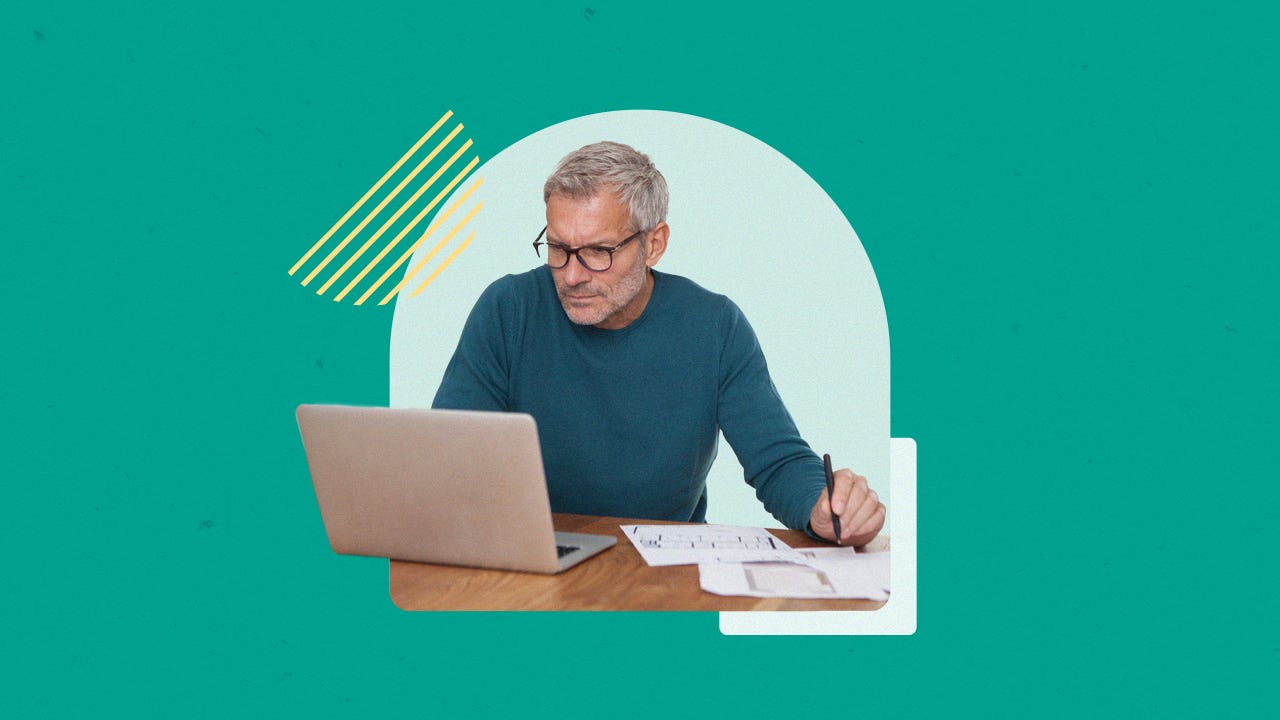Secured vs. unsecured debt: What’s the difference?

The Bankrate promise
At Bankrate we strive to help you make smarter financial decisions. While we adhere to strict , this post may contain references to products from our partners. Here's an explanation for .
Key takeaways
- Secured debt is backed by collateral, whereas unsecured debt doesn’t require you to put any assets on the line to get approved.
- Because lenders take on more risk, unsecured debts tend to have higher interest rates and stricter eligibility requirements than secured debt.
- Mortgages, home equity loans, home equity lines of credit (HELOCs) and auto loans are all forms of secured debt.
- Personal loans, credit cards, student loans and medical loans are some forms of unsecured debt.
Secured and unsecured debts have many similarities, but one major difference is whether collateral is required. They also tend to differ when it comes to terms and interest rates, plus eligibility requirements.
It’s worth understanding how both secured and unsecured debt work before applying for any form of financing to ensure you’re choosing the option that benefits you the most.
Secured debt
Secured debt is debt that is backed by an asset, like a car or a house. Should you default on the loan or debt repayment, the creditor can seize this asset instead of opening a debt collection on your record or suing you for payments.
Consensual loans are the most common type of secured debt, wherein you agree to put up your property as collateral. But there are many types of nonconsensual loans, too. Nonconsensual debts include a money judgment that a creditor files against you or a tax lien placed against your property because you did not pay your federal, state or local taxes.
Examples of secured debt
- Auto loans: These loan products are used solely to finance new and used automobile purchases.
- Mortgages: These are a type of loan specifically designed for the purchase of a property — whether it’s a primary residence or a vacation home.
- Home equity lines of credit (HELOCs): You can pull equity from your home with a HELOC. At closing, you’ll get access to a pool of cash that you can withdraw from during the draw period, which is typically 10 years. The interest rate on HELOCs is usually variable, although some lenders offer fixed-rate products.
- Home equity loans: Like HELOCs, home equity loans let you convert a portion of your home’s equity into cash. You’ll receive the funds in a lump sum, though, and the interest rate is generally fixed.
- Secured credit cards: They work like traditional credit cards but require a deposit, usually equivalent to the credit limit, to get approved. If you fall behind on the minimum monthly payments, the credit card issuer can take the amount they’re owed from the security deposit.
With secured debt, you often benefit from better interest rates because if you stop making payments, the lender can seize the property and sell it to regain its losses. Creditors are more flexible with terms because the loan is guaranteed by the collateral and poses less risk to the bank.
Still, you risk losing your assets if you experience financial hardship and fall behind on the loan payments.
Unsecured debt
Unsecured debt is a common form of debt that’s not backed by collateral. If you default on those debt payments, the lender has no property to seize to recoup its losses.
Instead, you’ll face late payment fees, plus this negative activity will be reported to the credit bureaus, which can hurt your credit for up to seven years. In the worst of cases, your creditor may send the account to collections.
Examples of unsecured debt
- Credit cards: These are a type of revolving debt that allows you to spend as you go. There are also no restrictions on how you can use the funds. That said, they tend to have higher interest rates than other forms of unsecured debt.
- Personal loans: These come with fixed interest rates and repayment terms, and you can generally use the loan proceeds however you see fit. However, some lenders disallow the use of funds for business or college tuition expenses.
- Medical loans: This is a type of personal loan used specifically to cover the cost of medical treatments and procedures.
- Student loans: These can be federal or private and are restricted to higher education expenses, such as college tuition, room and board and course materials.
Most unsecured debt products have a seamless application process and fast funding times. Plus, this form of credit is often attractive since it doesn’t require you to put up an asset to get approved.
Still, there are downsides to consider. These debt products are often subject to higher interest rates since they pose more risk to the lender. Furthermore, the lender or creditor will likely require you to have good or excellent credit to qualify for competitive financing.
Unsecured debt vs. secured debt
While there are some similarities between unsecured and secured debt, there are also some considerable differences.
Collateral requirement
While secured debt uses property as collateral to support the loan, unsecured debt has no collateral attached to it. So, you won’t have to worry about putting your assets at risk if you choose the latter.
Financing terms
The interest rates on secured debt products tend to be lower. You may also qualify for a higher loan limit and extended repayment term.
To illustrate, home loan APRs hover between 6.5 percent and 7.9 percent, with repayment terms of up to 30 years. Because this is a secured debt backed by the house as collateral, borrowers with good credit histories enjoy better rates and terms.
On the other hand, unsecured debt — like credit cards and personal loans — are generally associated with higher interest rate caps and shorter repayment terms. This is especially true for borrowers who have a limited credit history or bad credit; these rates and terms can be even more restrictive.
Credit score criteria
Secured debt can be a better option for people with poor credit history or those with no credit history. It’s also a fantastic tool if you have experienced financial hardship and are looking for ways to rebuild your credit.
Responsible use of a secured loan can improve your credit score so you’re eligible for favorable unsecured loans in the future. Furthermore, some secured credit cards offer additional benefits like free identity theft and credit monitoring.
If you have a low credit score or are just beginning to build your credit, many banks will offer you a secured credit card with varying interest rates. The card is deposit-based; you pay the bank an amount that is then placed onto the credit card. You use the card and make payments with interest as usual; if you default on your payments, the bank uses your deposit to settle the debt. This affects your credit score because banks will report late or missed payments to credit bureaus.
However, lower minimum credit scores can limit your access to unsecured debt products. Lenders have no recourse if you default on the financing agreement by falling behind on payments. Consequently, they want reassurance that you have responsibly managed debt obligations in the past, and there’s a high likelihood of you doing the same if they approve you for financing.
But there’s an exception to the rule — some lenders feature subprime debt products that cater to consumers with lower credit scores that can’t get approved elsewhere. They may seem like a convenient option to meet your financing needs. However, they often come with steep interest rates, fees and other unfavorable loan terms, making these debt products a costly option.
If you believe you are fiscally responsible enough for an unsecured credit card or small personal loan, they can also be used to rebuild your credit. Be sure to only borrow what you can comfortably afford to repay.
Which type of debt you should prioritize paying off first
Paying off secured debt should be a top priority because of the risk to your property. Not only can the government seize your property, but you could still be responsible for additional debts should the repossession fail to cover the full amount of your debt.
When paying off debt, a good rule of thumb is to prioritize paying off debts and loans by the interest rate.
Look at secured versus unsecured debt and start with the loans with the highest interest rate first to save yourself the extra money in accumulating interest. The added benefit of a lower credit utilization ratio will help your credit score increase that much faster. This is known as the avalanche method; as you pay off the debts with the high interest rates, you make more room in your budget to pay off the lower-interest debts.
The bottom line
While both secured and unsecured debt makes great financing options, they differ in certain aspects, including interest rates, collateral requirements and eligibility criteria. When it comes to choosing the right option for your needs, think about your financial situation, credit score and purpose of the loan.
For instance, if your credit needs some work, then applying for a secured debt may be a better option, as requirements are more flexible, plus you could still secure a competitive rate. But, if you have excellent credit and want to do some home improvement projects without putting your house as collateral, then an unsecured personal loan may be the better option.
Related Articles


Personal loan vs. personal line of credit: What’s the difference?

